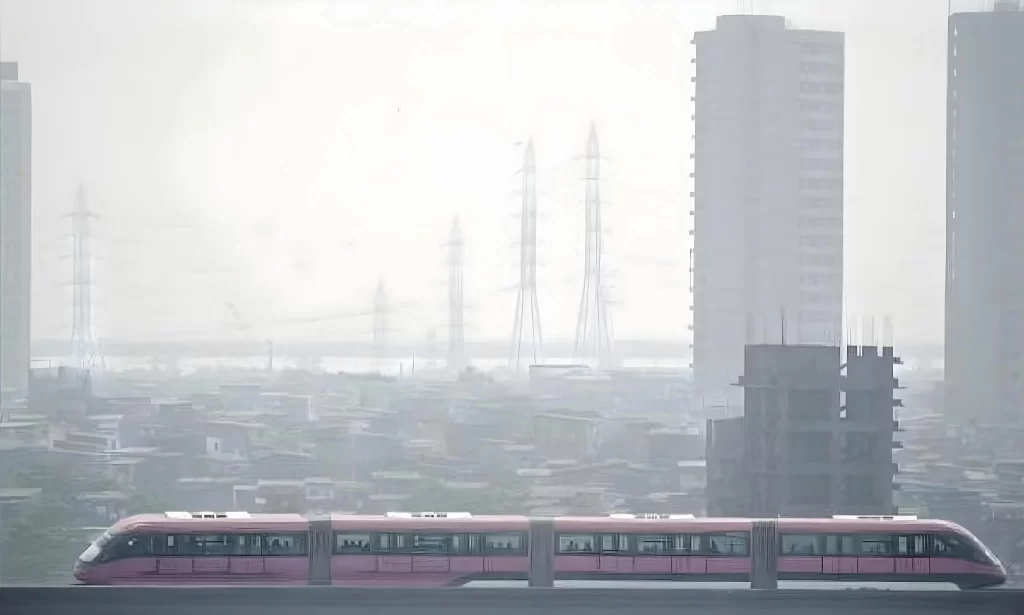The air quality in Navi Mumbai, Thane, Badlapur, and Ulhasnagar has seen a marked decline, with pollution levels reaching concerning heights. Increasing air pollution in these suburban areas reflects a broader trend affecting many cities, particularly as winter approaches. Authorities and residents are expressing alarm as the situation poses significant health risks.
Pollution Levels Soar Across Key Mumbai Suburbs
Air quality monitoring stations across Navi Mumbai, Thane, Badlapur, and Ulhasnagar have reported deteriorating conditions in recent weeks. The Air Quality Index (AQI) has been consistently breaching safe limits, with pollutants such as particulate matter (PM2.5 and PM10) showing elevated levels. The situation worsened further on Tuesday, with AQI readings indicating “poor” to “very poor” air quality, prompting concerns about the health of vulnerable populations, including children and the elderly.
Primary Sources of Worsening Air Quality
Several factors are contributing to the rise in air pollution in these areas. Vehicular emissions, which have spiked due to increased traffic congestion, are a significant contributor. Additionally, ongoing construction activities release dust and particulate matter into the air. The onset of cooler weather also leads to temperature inversions, trapping pollutants close to the ground and causing further deterioration in air quality.
The issue is compounded by industrial emissions from factories located in and around these suburbs. Many industrial units emit harmful substances into the atmosphere, further degrading the air quality and impacting the overall environment.
Potential Health Impacts and Safety Measures
The deteriorating air quality poses significant health risks, particularly for those with pre-existing respiratory conditions, the elderly, and young children. Common issues include breathing difficulties, exacerbated asthma symptoms, and increased instances of lung infections. Long-term exposure to high pollution levels can also lead to chronic respiratory and cardiovascular diseases.
Authorities are urging residents to take precautionary measures, such as wearing N95 masks when outdoors, using air purifiers at home, and avoiding strenuous outdoor activities, especially during high pollution periods. Additionally, there is a call for stricter enforcement of pollution control measures, including regulating industrial emissions and controlling construction dust.
As the region grapples with this worsening air quality crisis, both immediate and long-term efforts will be necessary to improve air quality and protect public health.

